
Pictures in Web Pages
Everything and everyone on the internet is interested in pictures.
The most important things to remember about pictures is that:
They should be something like *.jpg.
Search engines do not like to see *.bmp files in web pages. It takes longer to move *.bmp files across the internet than it does to move *.jpg files.
Make sure that all pictures that you have in web pages also have an alternate (alt) text. From the perspective of the http protocol designer, the main reason might be just to show web page designers and readers where pictures are missing.
From a web page maker perspective, it is easy to point a picture component to a picture on the server that has never existed or has been removed.
Certain search engines claim to be able to tell who is using other persons pictures and may then generate a ranking position penalty. As far as that statement is concerned, many persons are known to buy pictures from the same supplier.
A better formulation might be that some search engines and their advertisers will use pictures as a switch in order to switch surfers to ads and those persons would definitely like to use software methods to check that a picture is where a web page owner specified that it is suppose to be in a web page.
If the same picture is in more than one web page, use the same (alt) text for every occurrence of the same picture. In that case, the picture should also have the same filename, even if it is in more than one directory on the same server.
The solution is not perfect, if the same picture appears more than once in the same page.
Whenever possible, modify the pictures that you have bought a little bit so that there is a good chance that they will look different, just in case there really are search engines out there that take the effort to compare picture content.
Decide yourself, if you want to give search engines access to your images.
Those search engines that capture the pictures on their way to the computer screen usually supply a method to surfers that allows them to turn off the links that they attach.
Experience in using links that have been inserted into pictures without the permission of a web page owner has shown that there is a certain amount of picture content analysis being used by such search engines.
If a search engine connects something to a picture that belongs to a web page owner, without permission, the web page owner may never know that the connection has been made.
Because everything is being tracked by every interested search engine, another search engine may see the link from your picture to another page somewhere that you do not know.
While tracking your page and the links that propagate from it, the other search engines might well decide that the link that a search engine has inserted into your page, without your permission, is not good and even go as far as to block your web pages from there search engine.
You can get a special file from search engines that sell ads or work with persons that sell ads, which you place in the http directory of your web server. It allows search engines to see the things that do not come from your website, because they can instantly check your website for those things.
The logic is that, if they check your website and find what they are looking for, they know that you are registered with them. If they do not find anything, they can use their built in software, without your knowledge, to erroneously decide that you have a server problem and dock your ranking on their search engine. Good for their ads. Try and get their code, even if you do not use ads.
Note: It is not recommended that you link anything to pictures in web pages that search engines should index and maybe show in their search results.
See also
Example2 of robots.txt content
Surfers use whichever web browser they like or want to use.
Privacy Policy
Contact us
<= Back
SEO Tips and Tricks
Enable search engines to see and recognize pictures in web pages quickly

electronic-
soft.com
soft.com
Blog Information
